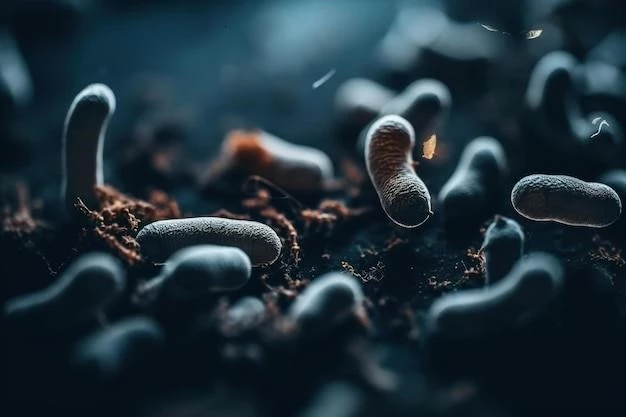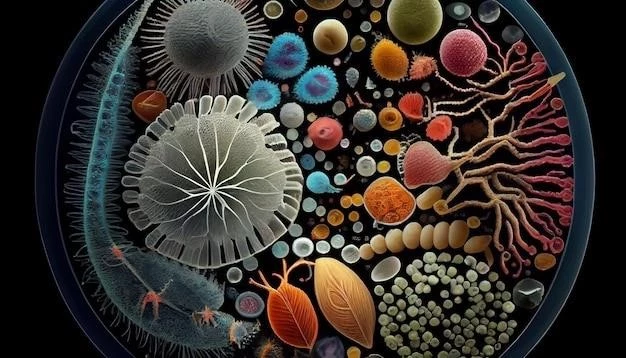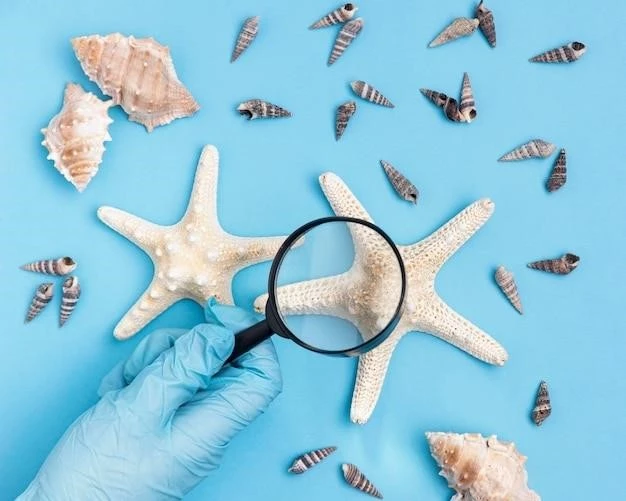What is Molluscum Contagiosum?
Molluscum Contagiosum⁚ Molluscum contagiosum is a mild skin disease caused by a virus. It leads to painless small bumps on the skin.
Description and Characteristics⁚
Molluscum contagiosum is a viral skin infection caused by the molluscum contagiosum virus. It presents as painless small bumps on the skin, which may be flesh-colored, dome-shaped, and have a central dimple. The virus resides in the top layer of the skin and can be easily spread through physical contact, including sexual contact, or by sharing personal items such as towels. The infection typically resolves on its own within 6-12 months but can take up to 4 years to clear completely without leaving scars. Although more common in children, adults can also be affected, especially through sexual transmission.
Causes and Transmission
Causes⁚ Molluscum contagiosum is caused by a virus that resides in the skin’s outer layer.
Transmission⁚ The virus spreads through physical contact, sexual contact, and sharing personal items like towels.
Molluscum contagiosum is caused by the molluscum contagiosum virus, a member of the poxvirus family. The virus resides in the top layer of the skin and spreads through physical contact, sexual contact, and by sharing personal items like towels. The infection typically leads to flesh-colored or skin-colored bumps with a central dimple on the skin.
Virus and Spread⁚
Molluscum contagiosum is caused by a virus that resides in the top layer of the skin. The virus spreads through physical contact, sexual contact, and by sharing personal items like towels. The infection typically leads to flesh-colored or skin-colored bumps with a central dimple on the skin.
Recognition and Identification⁚
Molluscum contagiosum is typically recognized by the presence of small, painless bumps on the skin. These bumps are usually flesh-colored, dome-shaped, and have a central dimple. The characteristic appearance of these lesions helps in identifying the viral skin infection. Proper recognition is essential for appropriate management and treatment.
Treatment Options
Treatment⁚ Molluscum contagiosum often resolves on its own with time. However, several medical interventions can help manage the condition.
Options⁚ Treatments may include topical therapies, cryotherapy, curettage, laser therapy, and more. Consulting a healthcare provider is crucial for the appropriate treatment plan.
Medical Interventions⁚
For molluscum contagiosum, medical interventions may include topical therapies, cryotherapy, curettage, laser therapy, and more. These treatments aim to remove the bumps and clear the infection. It is essential to consult a healthcare provider for the most suitable intervention based on individual factors such as the number and location of lesions.

Management and Prevention
Management⁚ While molluscum contagiosum often resolves on its own, various medical interventions can help manage the condition effectively.
Prevention⁚ To prevent the spread of the virus, avoid direct contact, maintain good hygiene, and refrain from sharing personal items like towels and clothing.
Self-Care and Avoidance⁚
To prevent the spread of molluscum contagiosum, it is essential to practice good hygiene, avoid direct skin contact, refrain from sharing personal items like towels, and avoid scratching the bumps. Self-care measures include keeping the affected areas clean and dry, avoiding picking or scratching the lesions, and preventing further spread by covering the bumps when necessary. Proper hygiene and preventive practices can help reduce the risk of transmitting the virus to others and aid in managing the infection effectively.

Molluscum Contagiosum in Children
Children⁚ Molluscum contagiosum is more common in children, typically presenting as small, painless bumps that may appear in clusters with a characteristic appearance. It usually clears up on its own, but specific considerations should be taken into account.
Specific Considerations⁚
When it comes to molluscum contagiosum in children, specific considerations include the characteristic appearance of painless bumps, which are more common in this age group. It is essential to be aware of the typical presentation of the skin infection in children for proper recognition and management. Additionally, taking preventive measures to avoid skin-to-skin contact and sharing personal items can help reduce the risk of transmission among children.
Molluscum Contagiosum in Adults
Adults⁚ Molluscum contagiosum can affect adults, commonly transmitted through sexual contact. Special concerns and considerations arise when addressing this infection in adult populations.
Special Concerns⁚
When it comes to molluscum contagiosum in adults, special concerns arise, especially when the infection is transmitted through sexual contact. The presentation, treatment, and implications differ compared to cases in children. It is crucial for adults to seek appropriate medical advice and treatment for molluscum contagiosum to manage the condition effectively.
Seeking Medical Advice
Medical Consultation⁚ Always consult a healthcare provider for professional guidance on managing molluscum contagiosum effectively. Seeking timely medical advice can ensure the appropriate diagnosis and treatment for the condition.
When to Consult a Healthcare Provider⁚
Seek medical advice for molluscum contagiosum if you notice any concerning skin lesions or if you suspect you or your child has been exposed to the virus. A healthcare provider can provide a proper diagnosis and recommend the most suitable treatment options based on individual circumstances. Consult a healthcare professional promptly to address any skin concerns and ensure appropriate care.
